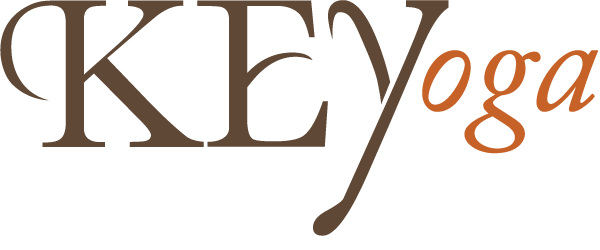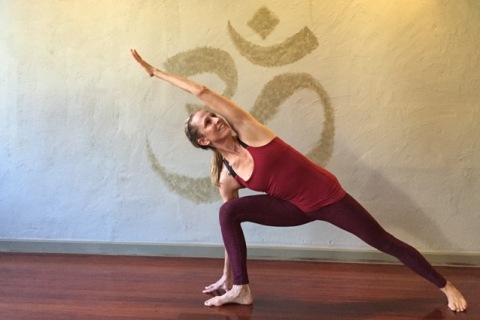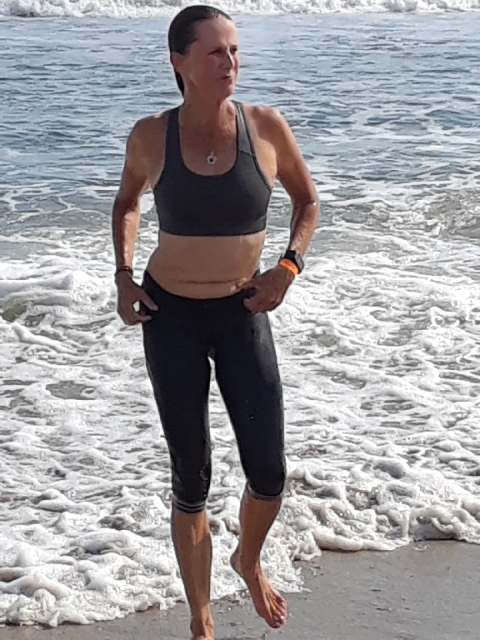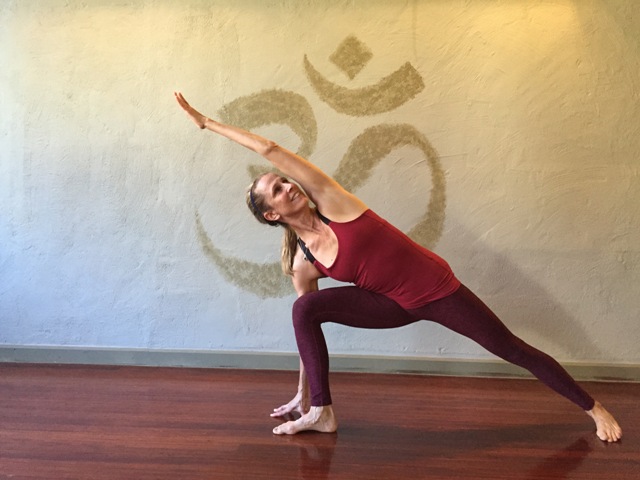From the Yoga Sutras:
Atha yoganusanam Y.S. I.1
With prayers for divine blessings, now begins an exposition of the sacred art of yoga.
Yogah cittavrtti nirodhah Y.S. I.2
Yoga is the cessation of the fluctuations of the mind.
Tada drastuh svarupe avasthanam Y.S. I.3
Then, the seer dwells in his own true splendor.
Vrtti sarupyam itaratra Y.S. I.4
At other times the seer identifies with the fluctuating consciousness.
In A New Earth, Tolle explains a core insight that is common to most ancient religions and spiritual traditions. That is the idea of a basic problem or dysfunction of the human mind. (see Y.S. I.4 above)
In the yogic texts of Hinduism this problem is referred to as maya, or the veil of delusion. I often talk about this in class. It comes from the Yoga Sutras and describes the kleshas, or the five afflictions of the mind. These are the citta vrttis of the mind from Y.S. I.2 above. The first, and most important of these is avidya, or not seeing things clearly.
Avidya asmita raga dvesha abhinivesha klesha. Y.S. II.3
Avidya – ignorance
asmita – self-centeredness
raga – attachment
dvesha – aversion
abhinivesha –fear of death
klesha – afflictions, impediments, obstacles
The five afflictions which disturb the equilibrium of consciousness are: ignorance or lack of wisdom, ego, pride of the ego or the sense of “I”, attachment to pleasure, aversion to pain, fear of death and clinging to life.
In Buddhism this fundamental problem is referred to as suffering, or dukkha. The important thing to remember about dukkha is that it will manifest in every situation, good or bad, sooner or later.
According to Christian teachings, there is the idea that we are all born with an “original sin” (fundamental problem). Over time the word has come to mean that we did something that was bad, and maybe on purpose. But Tolle points out that the original meaning of the word, from the ancient Greek, in which the New Testament was written, means to miss the mark, or to miss the point. It means to live unskillfully and thus to cause suffering.
Tolle points out a lot of suffering in the world is caused by this first delusion. He calls this the bad news. This first problem is the cause of destructive, cruel wars motivated by fear, greed and the desire for power which have been common occurrences throughout human history, as have slavery, torture and widespread violence inflicted for religious and ideological reasons. As you can see from the sutra above that the rest of the kleshas follow from the first. You cannot eradicate the other four without acknowledging the first.
Often we are unaware of these states in ourselves or others. We cannot see when we are motivated by fear, greed or the desire for power. We are simply aware that we are suffering. These are symptoms of the inner dysfunction that every human carries within: the ego, which is the second klesha.
The second core insight in A New Earth is the good news. And that is that our normal state of mind can be transcended. In Hinduism this is called enlightenment, in Christianity it is called salvation and it is the end of suffering in Buddhism. Liberation and awakening are two other terms used to describe this process. This is the promise of Y.S. I.3 above.
In the past, there were a few enlightened beings that emerged: Buddha, Jesus, Lao Tzu. They have sown the seeds for future people to awaken from the dysfunction of their minds. The world was not yet ready for these teachings, although they were a vital and necessary part of human awakening. Their teachings, over time, became distorted and misinterpreted. Many things were added that had nothing to do with the original teachings, but were reflections of a fundamental misunderstanding. Teachings that pointed the way beyond the dysfunction of the human mind, the way out of the collective insanity , were distorted and became part of the insanity itself.
Tolle’s book teaches us the way out of that insanity. He describes how the title of his book came from a reference from the Bible that appears in both the Old Testament (Isaiah 65:17) and the New Testament (Revelation 21:1) which describes the collapse of the existing world order and the arising of “a new heaven and a new earth”. He points out that heaven is not meant as a location but refers to the realm of the inner consciousness. Earth is an outer manifestation of form, which is always a reflection of the inner.
The way out of that insanity is to understand the second Yoga Sutra; to be able to see clearly the fluctuations of the mind and to recognize the dysfunction that every human being carries within: the ego.

















